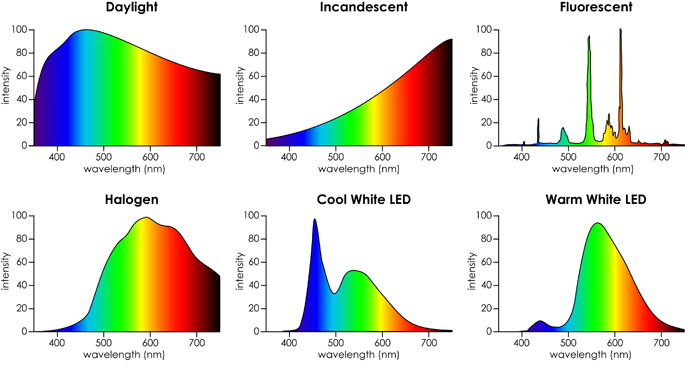I have doubts that either of those can reliably differentiate between all forms of artificial light and natural light through a window.I think a UV light detector might give you information. Maybe a far IR detector.
Follow along with the video below to see how to install our site as a web app on your home screen.
Note: This feature may not be available in some browsers.
I have doubts that either of those can reliably differentiate between all forms of artificial light and natural light through a window.I think a UV light detector might give you information. Maybe a far IR detector.
Me to. The sun is very broad band and light bulbs have no need to be. When you need to detect all types of bulbs.... All is a very big word.I have doubts
Do they reflect the IR or absorb it? I'm guessing if they absorb it they will get very warm.They are UV and IR blocking.
The glass is not warm to the touch, inside and outside. (reflect)Do they reflect the IR or absorb it? I'm guessing if they absorb it they will get very warm.

The problem with UV is a lot of UV is blocked by windows and the fact that most UV photodiodes/sensors easily cost an upwards of $80 per component, especially for the low levels of UV you are trying to detect in these cases (sunlight outside counts as low level). There are a very couple of cheap ones, but not sure how well they work.I also thought UV would be a key characteristic (assuming you don't have too many mercury-vapor lamps in your living room). If I am to believe these kinds of spectral response graphs, I still think it might but I would like to see them further into UVA (and even UVB, in case you are erasing EEPROMS - j/k). Of course, when there are multiple light sources, it gets complicated. But, if the furthest UV portion (shortest wavelength) is only, or mostly, present in sunlight, you might be able to predict the intensity of sunlight and, thus, the contribution of sunlight to total illumination.

(from **broken link removed** and a lot of other places)
**broken link removed**
(from **broken link removed**)
This guy's patent attempts to do what is being discussed. The rationale for the "why" part is for energy conservation.
The problem with UV is a lot of UV is blocked by windows and the fact that most UV photodiodes/sensors easily cost an upwards of $80 per component, especially for the low levels of UV you are trying to detect in these cases (sunlight outside counts as low level). There are a very couple of cheap ones, but not sure how well they work.
actually they do have a slight flicker that's easy to detect. my son has a slow motion camera app on his phone, and he wanted to know why an incandescent lamp was repetitively dimming on a video he shot.I don't think frequency detection will work for incandescent bulbs.
Deregarding 7 posts telling me I was wrong about incandescent bulbs, has anyone noticed that the OP is absent from this discussion?
you aren't completely wrong, they don't go entirely dark between AC peaks, they just dim a little.Deregarding 7 posts telling me I was wrong about incandescent bulbs, has anyone noticed that the OP is absent from this discussion?
No way. Never happens. Again you are wrong.the rest of us knit pick each other's answers for the next 30 to 300 posts.
No way. Never happens. Again you are wrong.
It 29 to 303 posts.
Considered your self knit picked.

